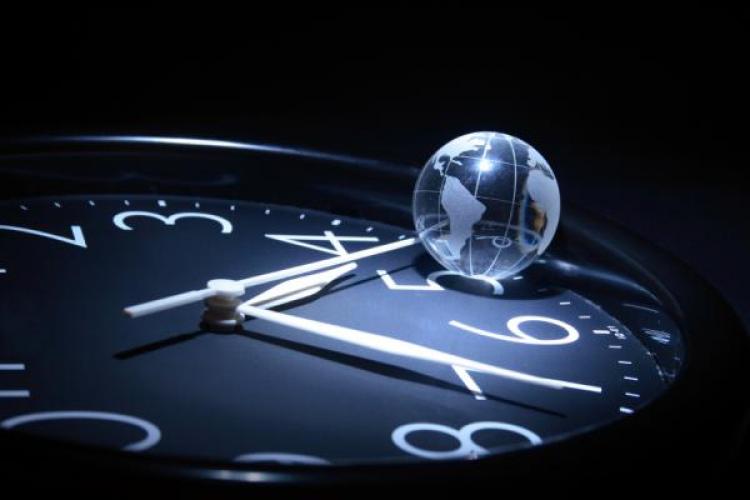A leap second will be added on June 30, 2015 23:59:60 UTC.

Leap seconds are added to realign atomic clocks with the Earth’s rotation.
A leap second is a second which is added to Coordinated Universal Time (UTC) in order to synchronize atomic clocks with astronomical time to within 0.9 seconds.
Why Do We Need Leap Seconds?
The reason we have to add a second every now and then, is that Earth’s rotation around its own axis, is gradually slowing down, although very slowly.
Atomic clocks however, are programmed to tick away at pretty much the same speed over millions of years. Compared to the Earth’s rotation – which determines the length of a day – the atomic clocks are simply too accurate.
Exactly how do Leap seconds work?
How Often Are Leap Seconds Added?
Since 1972, a total of 25 seconds have been added. This means that the Earth has slowed down 25 seconds compared to atomic time since then.
However, it doesn’t mean that the days are 25 seconds longer nowadays. The only difference is that the days a leap second has been added had 86,401 seconds instead of the usual 86,400 seconds.
Did you notice? The last leap second was added at 23:59:60 UTC on June 30, 2012.
36 Seconds’ Difference
The difference between UTC and the International Atomic Time (UTC-TAI) after the next leap second has been added on June 30, 2015, will be 36 sec.
Who decides when to add leap seconds?
The International Earth Rotation and Reference System Service (IERS) in Paris, France observes the Earth’s rotation and compares it to atomic time. When the difference between the two approaches 0.9 seconds, they order a leap second to be added worldwide.
Can we live without leap seconds?
Check our Time Zone News for updates about leap seconds.
Sources: wikipedia & timeanddate